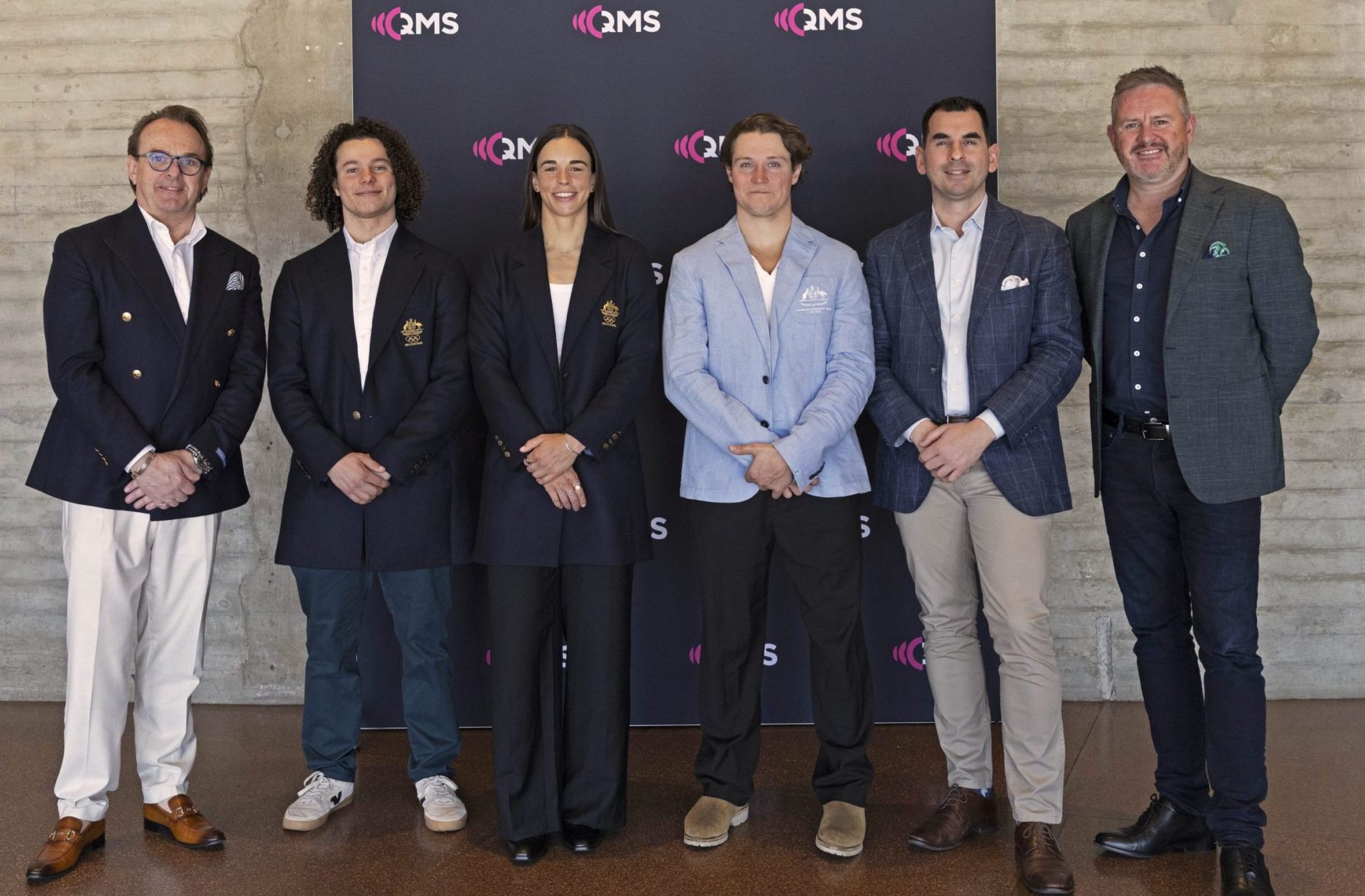AIS updates health guidelines for elite athletes as challenging bushfire season looms

As Australia prepares for a challenging bushfire season stemming from the El Niño weather pattern, the Australian Institute of Sport (AIS) has released updated recommendations for elite sports to mitigate the health risks posed by smoke haze on athletes.
The 2023 guidelines from the AIS establish permissible levels of smoke pollution that do not endanger athletes’ health. These guidelines build upon efforts made during the Black Summer of 2019-20, when the AIS responded swiftly to the need for guidance in the midst of widespread haze across eastern Australia.
Experts in climate and fire have issued warnings of an increased bushfire risk this year, particularly in eastern Australia during spring. This heightened risk underscores the importance of proactive measures to protect athletes’ wellbeing.
David Hughes, the Chief Medical Officer at the AIS, emphasised that elite athletes are at greater risk from smoke exposure compared to the general population due to their extensive outdoor training and competition schedules. A higher prevalence of asthma among elite athletes makes them more vulnerable to the health impacts of smoke inhalation, which can include lung injury, impaired blood flow, and irritation of the eyes, nose and throat.
“Recreational athletes will often just pick and choose whether to exercise or not depending on how comfortable they’re feeling, while that’s not always the case in high performance sport where there might be an expectation that you continue to train hard and compete hard,” Dr Hughes said.
Individual sports organisations have also reviewed their policies in preparation for the upcoming summer season. Tennis Australia is currently updating its smoke policy for the 2024 Australian Open, the A-Leagues have already reviewed their guidelines and Cricket Australia (CA) has refined community guidelines that consider air quality, player and official distress, and visibility.
While CA does not publicly disclose its policy for elite cricket, it aligns closely with community guidelines, prioritising player welfare and encouraging a cautious approach in determining whether it is safe to play or train in bushfire smoke or hazardous conditions.
The AIS guidelines expand on the initial guidance released during the 2019-20 bushfire crisis, which saw numerous sporting events in football, cricket and tennis being cancelled, postponed or relocated.
Dr. Hughes and his team have since conducted extensive research into the impact of bushfire smoke on physical performance, leading to significant changes in the new guidelines. They have transitioned from relying on broad Air Quality Index (AQI) data to specific PM2.5 measurements, which focus on small particles in the air.
Dr. Hughes urged administrators, high-performance staff, coaches, and athletes to invest in handheld devices capable of providing immediate readings of smoke pollution levels in the air. According to the new guidelines, PM2.5 values exceeding 150 should trigger discussions about event rescheduling, while individuals engaged in prolonged, high-intensity exercise, such as cyclists, should move their training indoors if PM2.5 readings surpass 50.
However, Dr. Hughes stressed that decisions on whether to proceed with sports activities should be made by considering the athlete’s individual susceptibility, including factors like aerobic activity level and asthma status, as well as the nature of the sport they are participating in.
It's free to join the team!
Join the most engaged community in the Sports Business World.
Get all the latest news, insights, data, education and event updates.






